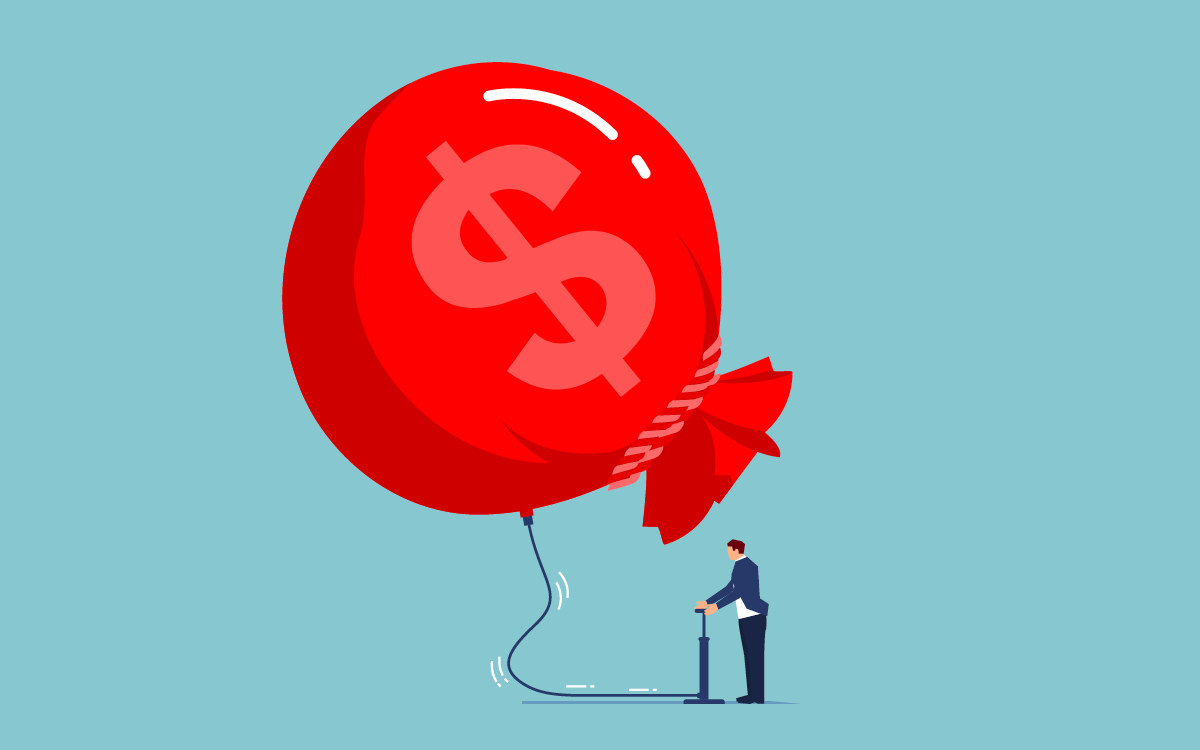
The result of the Extended Consumer Price Index (IPCA) for April reinforces the complicated scenario for inflation. It is yet another price index showing inflationary pressures spread throughout the economy, with strong increases in food, fuel, industrial goods and services prices.
It was the eighth month in a row with the 12-month inflation at double digits, which shows the difficulty of the Central Bank to bring down inflation to levels close to the targets, of 3.5% this year and 3.25% next year.
This points to the need for further monetary tightening, with interest rates likely to remain high for longer.
The IPCA in April was 1.06%, above the 1% expected by the analysts heard by Valor Data, even with the 6.27% deflation of the electric energy item. In 12 months, the indicator has risen 12.13%, the highest since October 2003. In the first four months of the year, the variation already stands at 4.29%, 0.79 percentage points above the Central Bank’s target for 2022.
The diffusion index once again brought bad news. The data, which show the percentage of items on the rise in the month, was 78.25%. It is the highest since January 2003, according to MCM Consultores Associados. It is a highly pervasive inflation.
There are effects of the war between Russia and Ukraine, which puts pressure on commodity prices and affects global supply chains, and the impact of the reopening of the economy with the easing of social distancing measures due to the improving numbers of the Covid-19 pandemic.
The cores, which seek to reduce or eliminate the influence of the most volatile items, continue at very high levels. The average of the five measurements most closely monitored by the Central Bank was 0.95% in April, close to the 0.98% seen in March, according to MCM figures. In 12 months, the average of these cores went to 9.69% from 9.01%. In summary, even indicators that seek to isolate or reduce shocks to inflation are close to double-digit levels.
The rise in food at home prices slowed down a little last month in relation to the 3.09% seen in March, but the increase was still very strong, at 2.59%. In 12 months, food at home went to 16.11% from 13.72%. Fuels had another significant increase, with gasoline prices rising 2.48% in the month.
The trajectory of rising prices of industrial goods is impressive. In April, they increased 1.22%, the ninth month in a row with 1% or over, points out MCM. In 12 months, these products have advanced 14.22%. Two years ago, in April 2020, the inflation of industrial goods on this basis of comparison was 0.05%.
The problems in global supply chains, due to the pandemic and the war in Eastern Europe, put pressure on the prices of these products. A lower exchange rate could ease these pressures, but the rate has appreciated again in recent weeks, to around R$5.15 to the dollar.
Finally, there is services inflation, which accelerated to 0.66% in April from 0.45% in March, taking the 12-month inflation to 6.94% from 6.3%. In the case of core service inflation, which excludes the domestic services, courses, tourism and communication groups, the picture is even worse. The rise last month was 0.79%, bringing the 12-month inflation to 7.74% from 6.98%. This measure is concentrated in the items that are most sensitive to demand, pressured in the services sector by the reopening of the economy.
This inflationary picture is president Jair Bolsonaro’s greatest weakness in his quest for reelection, as it wreaks havoc on the population’s purchasing power. And new pressures on prices are underway. The increase in diesel oil prices announced on Monday, of 8.87% in refineries, will not have a great direct impact on the IPCA, but has an important effect on the economy, by increasing costs in various industries. Such high inflation for so long is one of the main reasons for the low popularity of Mr. Bolsonaro, who heavily criticizes Petrobras’s pricing policy.
Some analysts project a double-digit IPCA also this year, which will contaminate next year’s indicator, because of the carryover effect, the phenomenon whereby past inflation increases future inflation. This scenario requires higher interest rates for longer, which will hit economic activity in the second half of the year and next year. The Selic, Brazil’s benchmark interest rate, which was at 2% until March 2021, is expected to rise to at least 13.25%.
Source: Valor International
